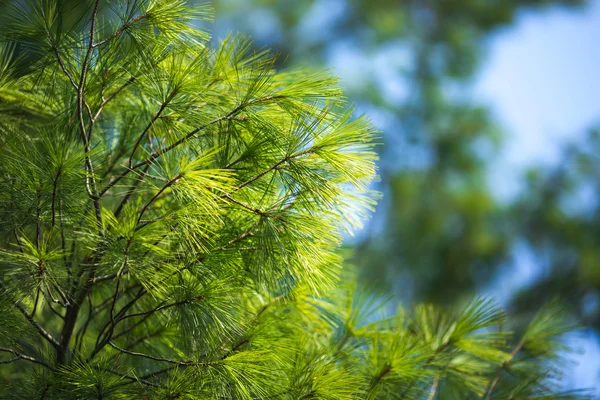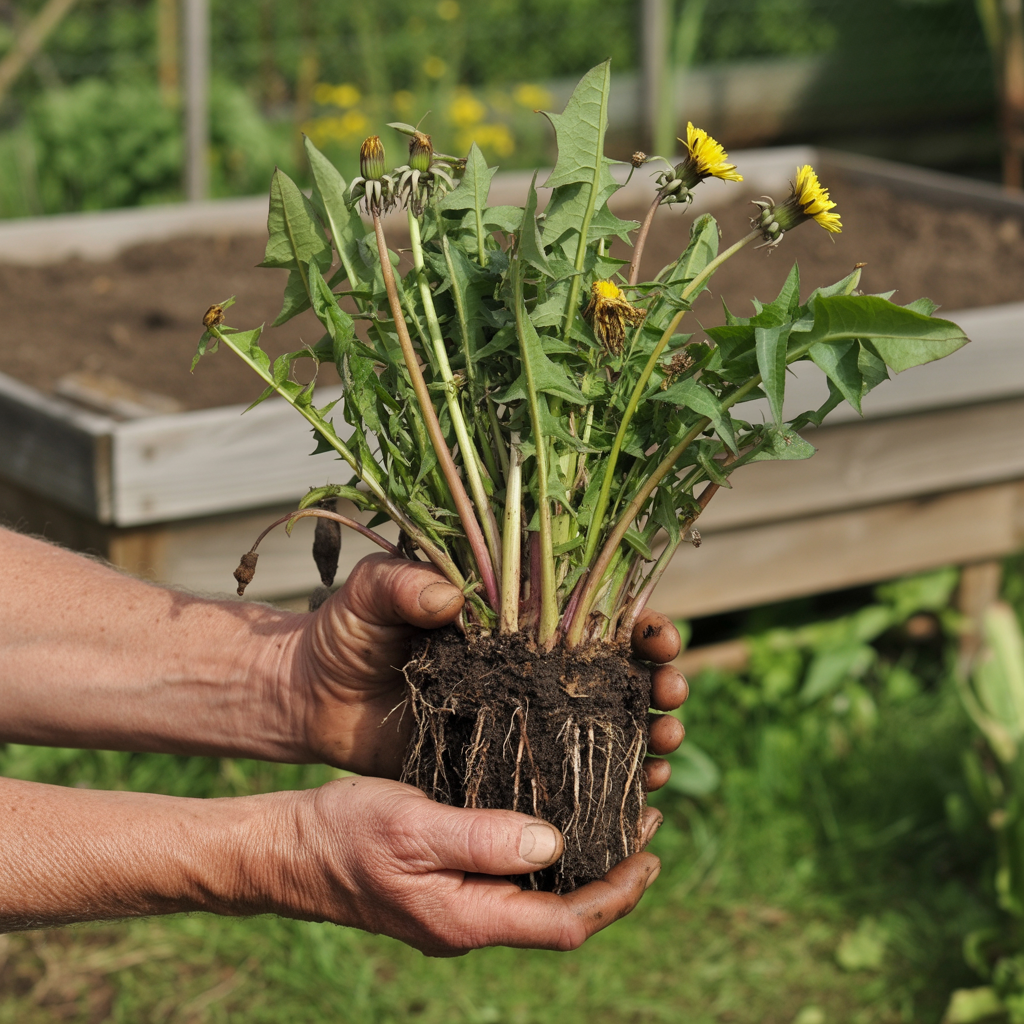

Hey there, tea lovers! Let’s talk about that sunny yellow flower that probably pops up all over your lawn: the mighty dandelion. Before you reach for the weed killer, hear me out! This cheerful little plant is actually one of nature’s most powerful wellness allies, and it’s been showing up in healing traditions for thousands of years.
Here’s something wild: what we call a “weed” is actually a nutritional powerhouse that our ancestors cherished as precious medicine! Every single part of the dandelion plant is edible and packed with benefits. We’re talking roots, leaves, flowers – the whole thing. This golden warrior has been nourishing humans since ancient times, and modern science is finally validating what traditional healers have known forever.
Indigenous peoples across North America have been working with dandelion medicine for generations. They recognized this plant as a powerful spring tonic that helps the body wake up after a long winter. Traditional knowledge keepers used dandelion to support the liver and kidneys, cleanse the blood, and restore vitality when the earth was coming back to life.
Dandelions pop up everywhere in spring, right when our bodies are craving that gentle detox support after months of heavier winter foods. The earth literally provides exactly what we need, exactly when we need it!
Let’s dive into what makes dandelion so incredibly special! This humble plant is absolutely loaded with nutrients and healing compounds:
Nutrient Density Alert! Dandelion greens contain more vitamin A than carrots and are rich in vitamin K, potassium, iron, calcium, and manganese. According to research from the USDA FoodData Central, these leaves are literally a multivitamin growing in your backyard!
Liver Support Dandelion root has been shown to support liver function and promote healthy bile production. Studies have found that dandelion extract helped protect liver cells and support liver health.
Digestive Health Those bitter compounds in dandelion aren’t just for flavor! Research published in scientific journals shows that bitter herbs stimulate digestive juices and support healthy gut function.
Antioxidant Power Dandelion is packed with antioxidants like beta-carotene and polyphenols that help protect your cells from damage.
Beyond North America, dandelion has been a star player in healing traditions worldwide! Traditional Chinese Medicine practitioners have used dandelion (called “Pu Gong Ying”) for over a thousand years. European herbalists in medieval times prescribed dandelion for various ailments, and during World War II when coffee was rationed, roasted dandelion root became a popular coffee substitute.
The name “dandelion” actually comes from the French “dent de lion,” meaning lion’s tooth, referring to the jagged edges of the leaves.
Now, let’s talk about how dandelion shows up in one of our favorite blends: Sweetfern Tea! This incredible blend combines dandelion with sweetfern (a native aromatic shrub with fern-like leaves) to create something truly special.
When you combine sweetfern with dandelion’s liver-supporting, digestive-boosting goodness, you get a tea that’s perfect for fall, helping your body transition from summer into the cozy energy of autumn.
This Sweetfern Dandelion Golden Latte is about to become your new fall favorite!
What You’ll Need:
How to Make It:
Pro Tips:
This latte is perfect for crisp autumn mornings or as an evening wind-down drink. The bitterness of the dandelion is beautifully balanced by the maple sweetness and warming spices?
If you’re inspired to harvest your own dandelions, remember:
Or support sustainable suppliers like Wild Canadian Teas! When you choose Sweetfern Tea, you’re getting ethically wildcrafted botanicals that honor both the plants and the land.
While dandelion is generally very safe, check with your healthcare provider first if you:
Dandelion isn’t just a weed, it’s a gift! This plant has been supporting human health for thousands of years. Whether you’re sipping it in a cozy latte or enjoying it in a beautiful blend like Sweetfern Tea, you’re connecting with an ancient tradition of plant medicine.
So next time you see those sunny yellow flowers dotting your lawn, send them some love!
